5 Facts You Should Know About Thanksgiving
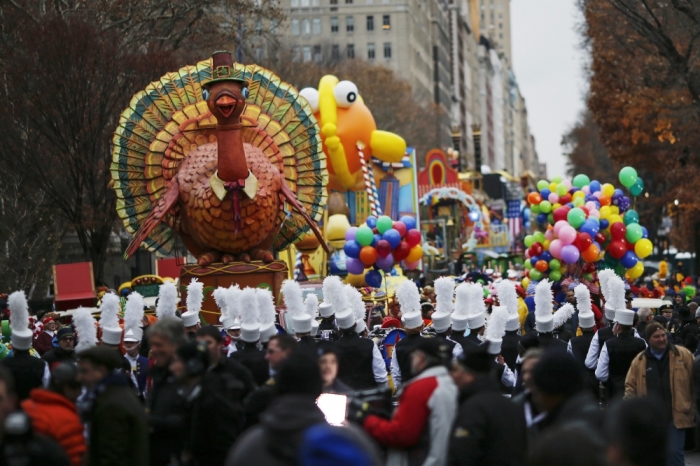
It's that time of year again. Pumpkin pies, autumn leaves, cooler temperatures, football on the television, and reunions with extended kinfolk.
Thanksgiving is a time of feasting and family, with blessings counted and calories ignored. Tens of millions of Americans travel every year to be with family over this holiday.
Here are a few points of trivia about that one special Thursday in November that precedes the Christmas season and all its pageantry.
1. Earlier Thanksgivings
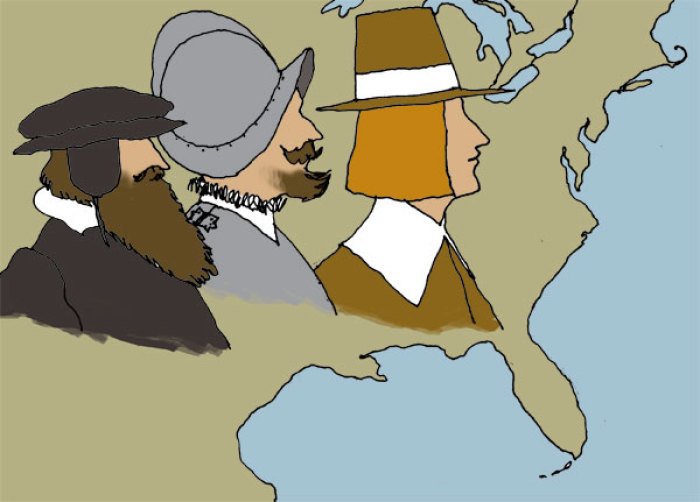
While often viewed by America as the first Thanksgiving, the meal that the Pilgrims and Indians sat down for at Plymouth Rock is not technically the first Thanksgiving.
Conquistadors working for the Spanish Empire appear to have had different Thanksgiving celebrations well before Plymouth.
Don Pedro Menéndez de Avilés and several hundred settlers held a Thanksgiving feast at St. Augustine, Florida, in 1565 while Father Juan de Padilla conducted a Thanksgiving service in 1541 in what is now Canyon, Texas.
Other specific incidents aside, the concept of Thanksgiving, of coming together to be thankful for the blessings of one's life, has an even older precedent in harvest holidays centuries ago.
Plimoth.org observed that modern Thanksgiving comes to us in part courtesy of "ancient English harvest festivals" and that major celebrations centered on giving thanks long before the Mayflower set sail.
2. A Different Menu
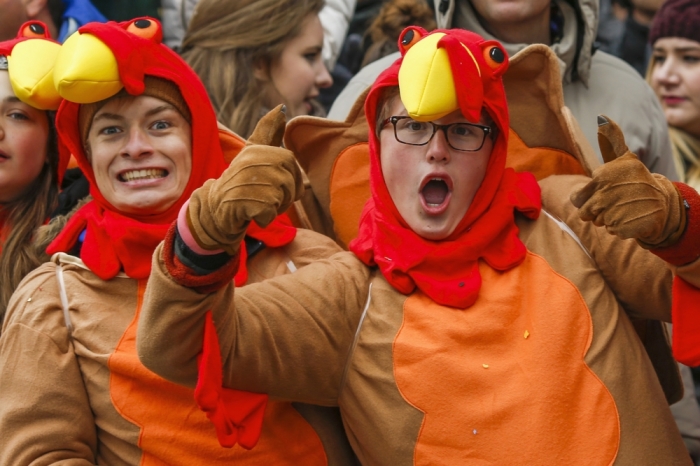
Americans commonly associate turkey, cranberry sauce, pumpkin pie, and stuffing as the integral dining items for Thanksgiving.
Yet for the Plymouth Rock celebration that is commonly associated with the holiday, the menu would have looked far different.
"Culinary historians speculate that the deer was roasted on a spit over a smoldering fire and that the colonists might have used some of the venison to whip up a hearty stew," noted History.com.
"Local vegetables that likely appeared on the table include onions, beans, lettuce, spinach, cabbage, carrots and perhaps peas."
While cranberry sauce, potatoes, and pumpkin pie were absent from the meal, cornmeal, mussels, and various New England berries were likely on the menu.
Our modern concept of the holiday menu derives from romantic imagery created by the Victorian Era.
3. Macy's CHRISTMAS Day Parade?
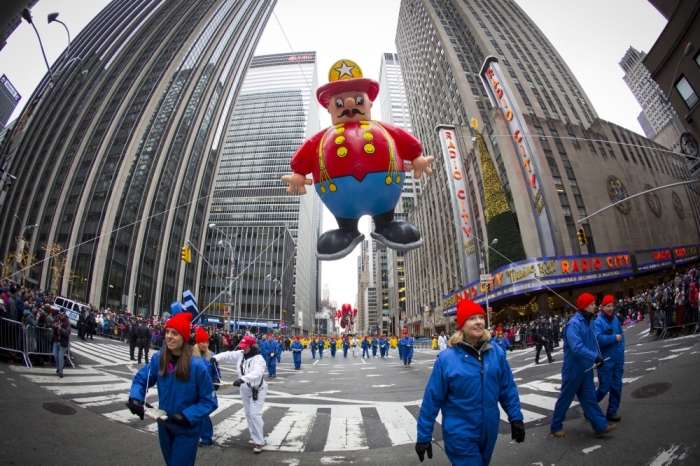
This year many bemoaned the sudden transition many stores made from Halloween to Christmas, wondering what happened to honoring Thanksgiving.
It seemed like Thanksgiving has been losing ground, especially with many retailers pushing back their Black Friday schedule to Thursday evening and afternoon.
Yet focusing on December's big day on Thanksgiving is not unprecedented and can be found with the famous Macy's Day Parade.
First performed in 1924, Macy's procession was actually originally called the "Christmas Parade" and had the modern-sounding intention of encouraging seasonal shopping.
4. Civil War Connection
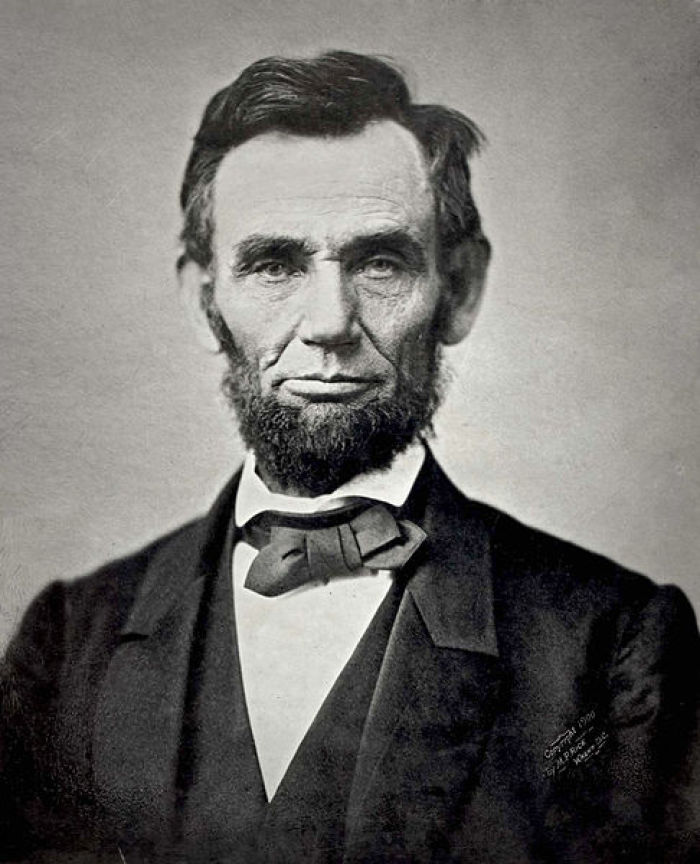
During the American Civil War, a great deal of suffering came upon the republic through the battles and deprivation of the conflict.
Yet in 1863, President Abraham Lincoln issued a proclamation for having the last Thursday in November be a national day of thanks, thus initiating what can be seen as the first national Thanksgiving holiday.
"I do therefore invite my fellow citizens in every part of the United States, and also those who are at sea and those who are sojourning in foreign lands, to set apart and observe the last Thursday of November next, as a day of Thanksgiving and Praise to our beneficent Father who dwelleth in the Heavens," stated President Lincoln.
"And I recommend to them that while offering up the ascriptions justly due to Him for such singular deliverances and blessings, they do also, with humble penitence for our national perverseness and disobedience, commend to His tender care all those who have become widows, orphans, mourners or sufferers in the lamentable civil strife in which we are unavoidably engaged, and fervently implore the interposition of the Almighty Hand to heal the wounds of the nation and to restore it as soon as may be consistent with the Divine purposes to the full enjoyment of peace, harmony, tranquillity and Union."
5. Traffic and Turkey
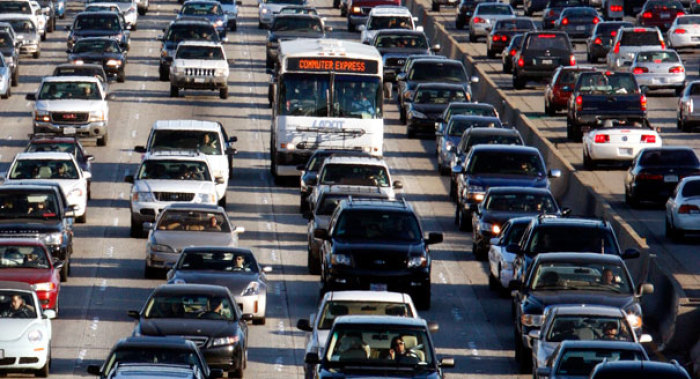
Thanksgiving is a time of great statistics in travel and consumption. What else would you expect from a holiday observed by over 300 million people?
These include over 42.2 million Americans traveled 50 or more miles for Thanksgiving in 2010 and about 47 million are expected to do so this year, according to AAA Travel.
Recent research by the National Turkey Foundation noted that in one year, 46 million turkeys were consumed on Thanksgiving, which amounts to about a fifth of all turkeys consumed that year.
Furthermore, the NTF noted in a recent survey that 88 percent of Americans eat turkey for the holiday meal, with an estimated 690 million pounds of the bird eaten in Thanksgiving 2007. No wonder people also call it "Turkey Day."





























